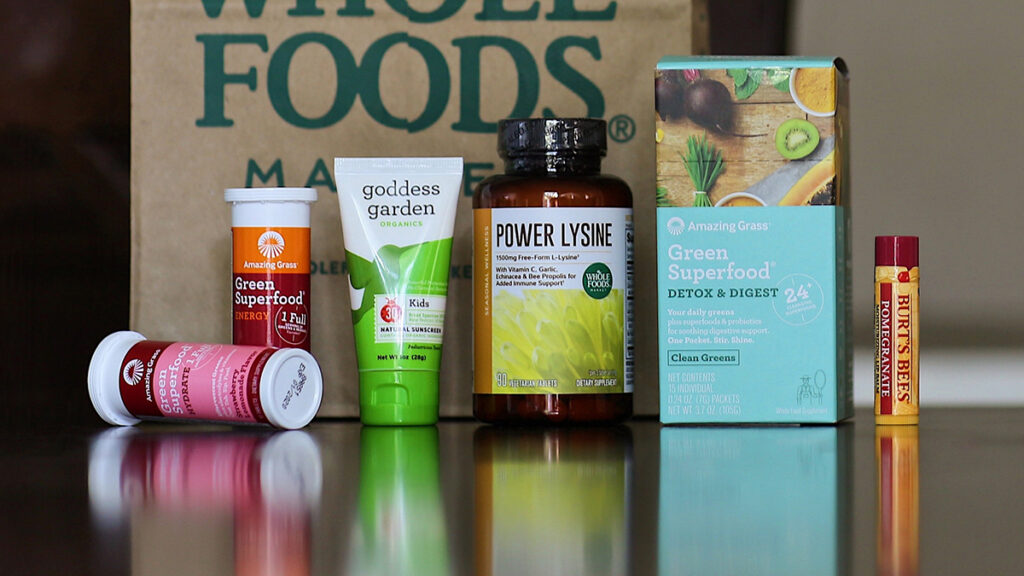Green Cosmetics: Are They Really Worth it?

Wherever you go, you’d see an overflow of eco-friendly products on beauty bars and racks. From “green” beauty solutions released by industry giants to widespread eco-friendly ads, sustainability is now shaping cosmetic product development.
But what is green cosmetics and how does it impact skincare? It’s easy to claim that a product is “100% organic” or “naturally-made,” but what does that really mean? Is green automatically safer and better? Are we really becoming eco-conscious when we buy organic products or we just adapting to new trends?
Trends come and go. As health and beauty become closely-tied departments, it’s more important to shift our focus on the value we–and our planet–can get from every beauty bottle rather than going with the flow.
The Rise of Sustainable Beauty
Planet-wise, chasing after beauty and wellness is never the problem. It’s the use of active and potentially-destructive cosmetic chemicals that put the beauty industry under fire from conservationists. Think of the widely-banned microbeads that hit our sea beds and you’d get the point.
As the industry sailed through rough waters due to increased plastic wastage and toxic chemicals, sustainability became a significant part of product development. Major brands have made the eco-friendly transition and it’s only a matter of time before small brands follow suit.
Basically, green cosmetics, also called clean beauty, is an umbrella of non-toxic beauty products that actively help you reach your beauty goals. Clean and green, these products are eco-friendly in and out. They are made with non-toxic ingredients and they are packaged with reusable, biodegradable materials.
Into the Market: Different Green Terminologies
With sustainable products on our beauty shelves, it’s easier to look timeless, minus the guilt. But how do you find a product that suits your needs if you don’t understand what’s in the labels?
Let’s dive a little bit deeper into these “green” labels so you can make an informed purchase.
Non-Toxic Ingredients
Parabens, synthetic fragrances, and phthalates are only some of the toxic ingredients you should avoid when shopping for any product. Harmful to the environment and to your body, some of these chemicals are linked to cancer and other serious health conditions.
When a product is labeled “non-toxic,” it means that the formula was made with safe ingredients. Plant-derived ingredients, as far as your skin and your planet go, are always a great skincare choice.
Eco-Friendly Packaging
As an answer to our environment’s plastic waste problem, many brands use eco-friendly, biodegradable packaging. Examples of these smart, recyclable packaging solutions include paper, glass, and bottles made of beeswax and soap.
Vegan
As the name implies, vegan products are purely plant-based. These solutions don’t include any animal by-products, including honey, beeswax, and lanolin. Another common non-vegan ingredient is glycerin, a plant or animal-based product commonly found in soap.
However, it’s important to note that “vegan” doesn’t necessarily mean “cruelty-free,” and vice versa–a topic we will discuss a bit further below.
Cruelty-Free
The terms “vegan” and “cruelty-free” often drive confusion to consumers, making it important for us to navigate around these terms. Let’s step into their gray areas and see what these labels really mean.
When a product is cruelty-free, its product development did not involve any animal testing. However, “cruelty-free” doesn’t guarantee that there are no animal by-products in the solution.
Simply put:
Vegan: No animal by-products but may or may not include animal testing
Cruelty-free: No animal testing but may or may not include animal by-products
A beauty product may also be both vegan and cruelty-free. To be sure that you’re patronizing the right eco-friendly brand, it pays to check the product for any of these badges:
1) PETA’s Cruelty-Free Bunny logo
2) Leaping Bunny Certified badge
These badges are great indicators that the beauty products you buy are cruelty-free. If you can’t see any of these labels, you can also check on the cruelty-free shopping guide released by PETA. The list includes companies that are 100% cruelty-free, along with those that aren’t.
Why Buy Green Cosmetics
Clean, sustainable beauty is the perfect kind of beauty. When you buy sustainable products, you are supporting the environment while promoting self-care. But if there’s anything else that’s stopping you from investing in green cosmetics, consider these:
- We All Have Our Fair Share of Environmental Responsibility
Beauty products that contain a mix of toxic chemicals are the culprits behind continuous environmental degradation. One perfect example is the use of microbeads in exfoliating products.
Before being banned by Former US President Barack Obama, microbeads have been massively polluting our oceans. As these small, non-biodegradable plastic scrubs go down our drain, they go straight to our waterways, collectively turning into a huge eco-hazard.
Picture this: as these tiny plastics go afloat, small fish and other sea creatures perceive it as food. And the “food” fish eat, we also consume one way or another. Plus, a study in 2015 confirms that more than eight trillion micro beads were washed away daily before it was banned. Considering this figure, it would take years for us to completely purify our waterways from these seemingly unharmful waste materials.
- Buying Sustainable Products Can Protect Us from Debilitating Diseases
Our planet doesn’t deserve toxic chemicals and neither do we. If clean beauty isn’t your priority, it’s time that you consider your health. Would you rather apply cancer or Alzheimer-causing agents on your skin than go green?
Toxic ingredients like aluminum, phthalates, and parabens may seem harmless at first glance, but they can cause debilitating diseases in the long run. For instance, phthalates and parabens are linked to different types of cancers. Parabens are a common chemical found in facial cleansers and deodorants.
With your health on the line, choosing sustainable products is not just a matter of making eco-friendly choices. Better and cleaner, green cosmetics are healthier, too.
The major takeaway: check your labels. Some green cosmetics may be more expensive. But if you consider their long-term benefits, they’re definitely worth the extra penny.
Save yourself. Save your planet. Support clean, sustainable beauty.






